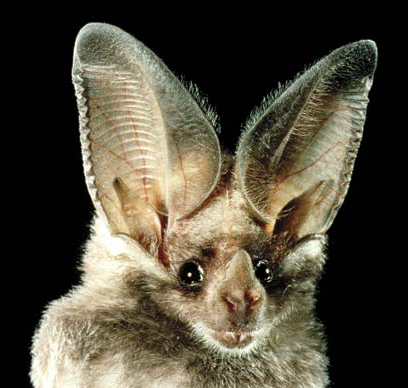Locals sound out auditory origin
 Mammals, including humans, are easily identified by the layers of fuzz and fur that cover their bodies, but a new study has looked at an arguably more important feature - the presence of complex, highly sensitive ears.
Mammals, including humans, are easily identified by the layers of fuzz and fur that cover their bodies, but a new study has looked at an arguably more important feature - the presence of complex, highly sensitive ears.
Researchers from the University of New England (UNE) and University of Queensland have challenged long-held ideas about just how mammals developed super-sensitive hearing.
It was already known that over tens of millions of years, bones that once formed part of the reptilian jaw were greatly downsized, repositioned and repurposed to help conduct sound more effectively to the inner ear in mammals.
Local expects are now beginning to work out why.
“One explanation has been that these bones were pushed away as the mammalian brain expanded. It has also been widely thought that the evolutionary process, which is now well-documented in the fossil record, is quite tightly recapitulated during the development of living mammals,” says UNE’s Associate Professor Stephen Wroe.
“In some mammals, the process whereby bones in the embryo’s jaw shrink and move to become part of the ear is relatively easy to track. This makes them a great test case for examining theories on the jaw transition.”
Using high resolution CAT scan data of Australian marsupial embryos the research team showed that there was no support for the notion that the process was driven by an expanding brain.
It was also clear that the process documented in the fossil record is perhaps not so perfectly recreated in the development of living animals.
The experts say it is a step along the path to truly understanding the origin of the mammalian ear, but more research is required.








 Print
Print